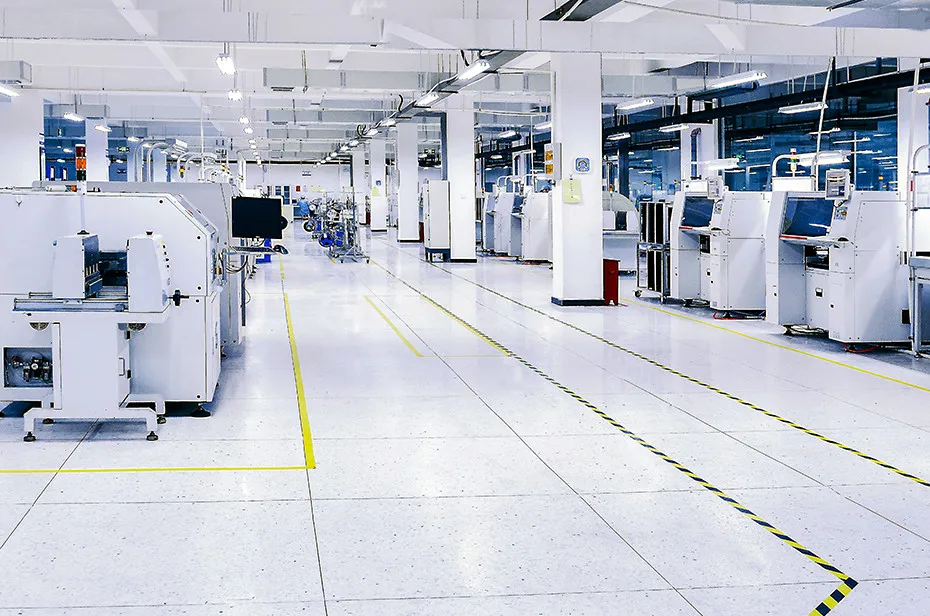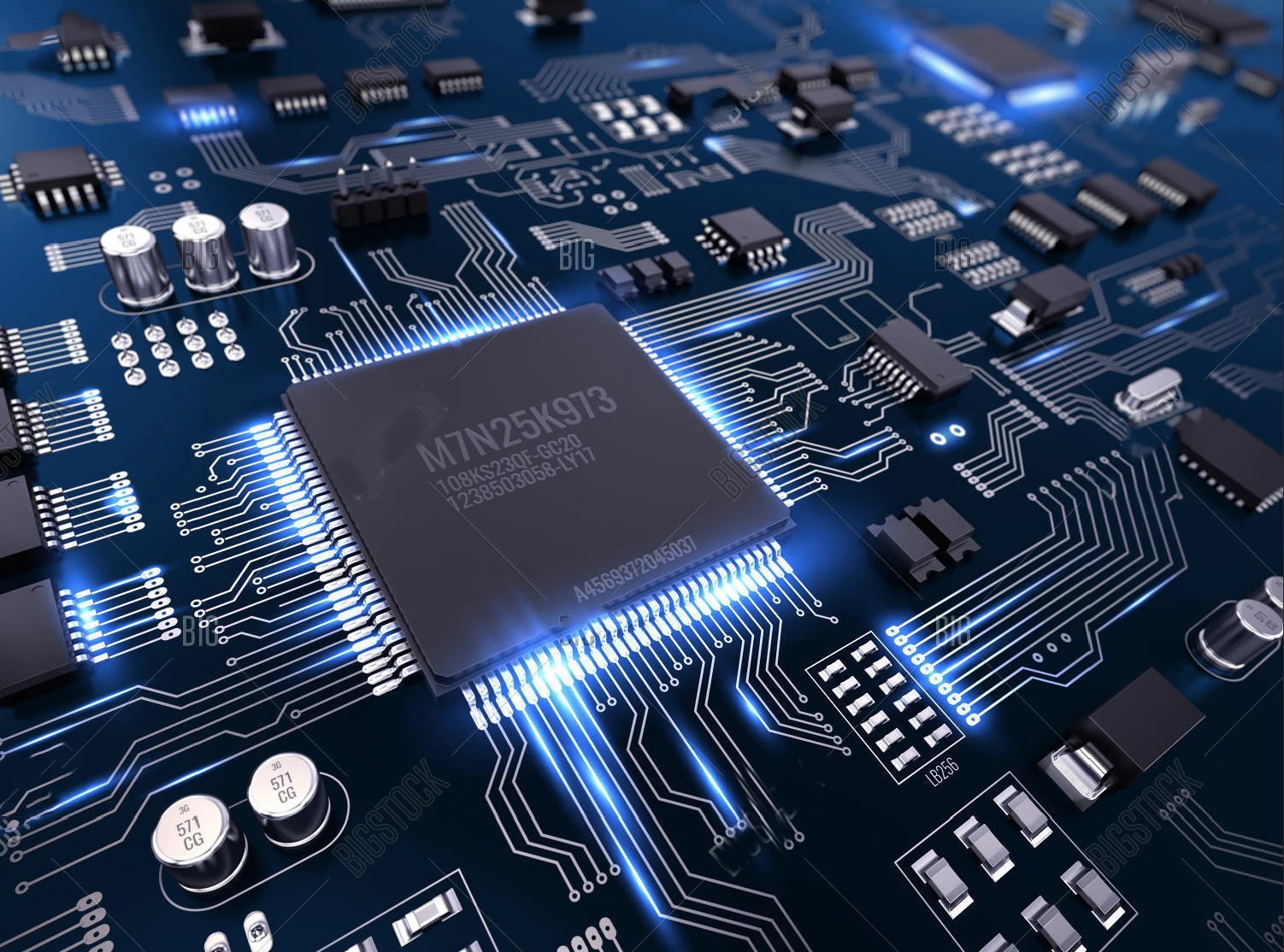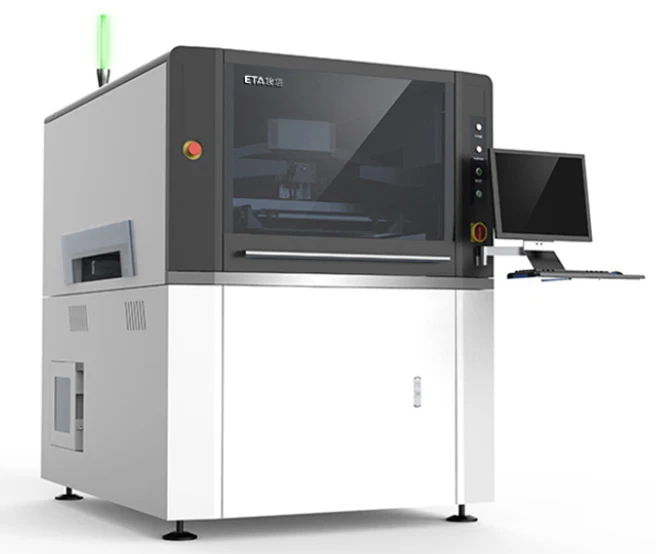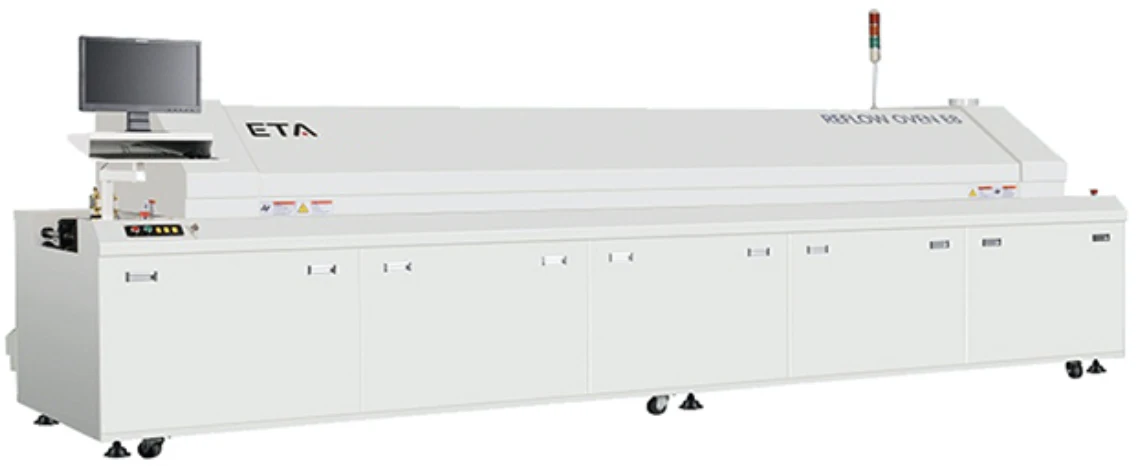
SMT Process Status and Future Development Trends

SMT processing is the most important process technology and process in PCBA processing. SMT technology is widely used in the electronics industry. Nowadays, it has replaced traditional electronic assembly technology in many fields and is considered a revolution in electronic assembly technology. Change.
1, component placement process

The mounting components in PCBA processing are mainly for the assembly of components to be properly mounted to the PCB. When printing, the placement components are different in form and position, so be sure to program the code when it is accurately mounted on the PCB. Whether the PCB position is installed accurately depends on whether there is an error in the process of the packaging component. If the staff does not check the position, the printed board is easily discarded and cannot be used in production printing.
2, SMT silk screen process

Screen printing refers to the solder paste printed on the PCB pads, including contact stencil stencil printing and screen printing without direct contact. Usually SMT technology is a contact type, so we are accustomed to refer to it as screen printing.
The first step in screen printing is to stir the solder paste, and the viscosity and uniformity of the solder paste must be taken into account during the stirring process. Viscosity quality has a direct impact on the quality of the printing. Generally, the printing viscosity is determined according to the printing standard. If the viscosity is too high or too low, the printing quality will be affected. The storage environment of the solder paste requires the temperature to be maintained at 0-5 ° C. Under this environment, the components in the solder paste are naturally separated. For this reason, the solder paste should be taken out and placed at room temperature for 20 minutes during use, so that it is naturally heated, and then stirred by a glass rod, the stirring time is 10-20 min; at the same time, the use of the solder paste has environmental requirements, and the ideal environment The temperature is required to be maintained at 20-25 ° C and the humidity is maintained between 40% and 60%.
3, reflow soldering process

4. Development prospects and trends of SMT technology
At present, the competition among various industries in the world is becoming more and more fierce, and the cost pressure is relatively large. The SMT industry technology has already demonstrated its system integration in fully automatic intelligent, assembly, logistics and other functions. With the advancement of science and technology, the degree of automation of SMT technology has become higher and higher, labor costs have been greatly reduced, and personal output has increased a lot. The main theme of SMT technology development in the future will be to develop high performance, flexibility, ease of use and environmental protection.
Our products cover SMT equipment (SMT line, stencil printer, SPI, pick and place machine, AOI, reflow oven, handling equipment), DIP equipment (plug-in line, wave soldering machine, assembly line, belt line), test equipment, packaging equipment, etc. .
If you could not find any similar items you want, you may send some photos to us. because our catalog and website haven't included all of our products.
Welcome to visit our website and thanks for your time.
LED TV Production Process video







